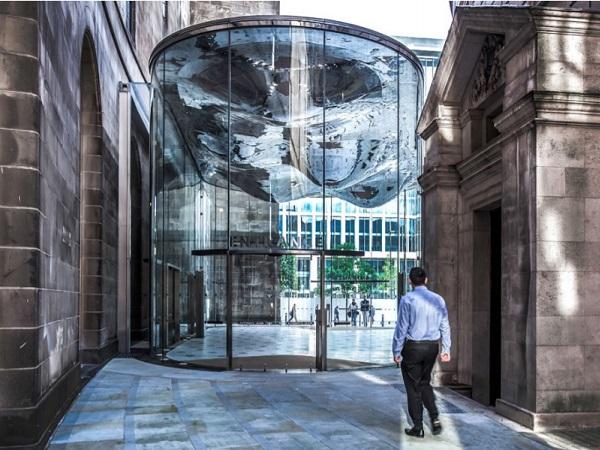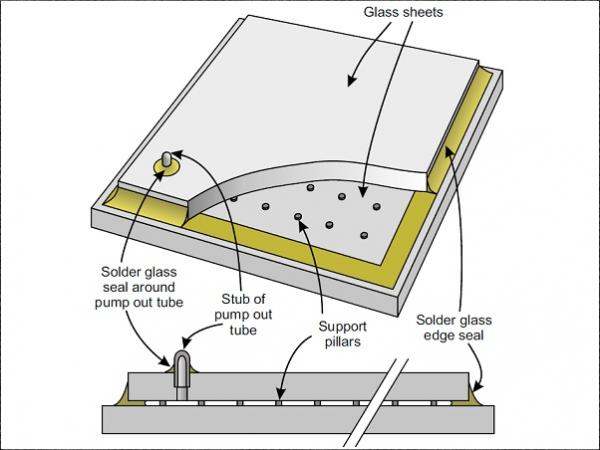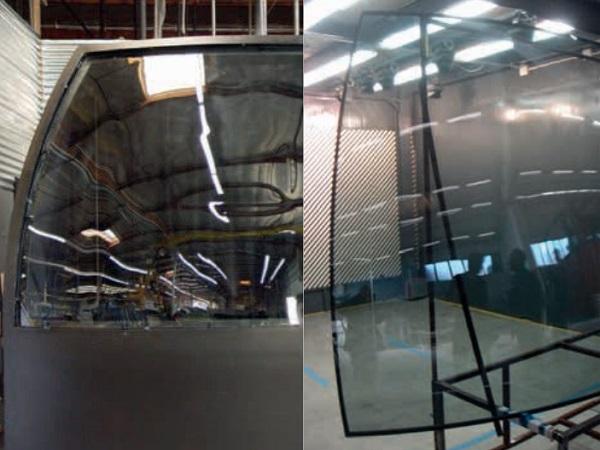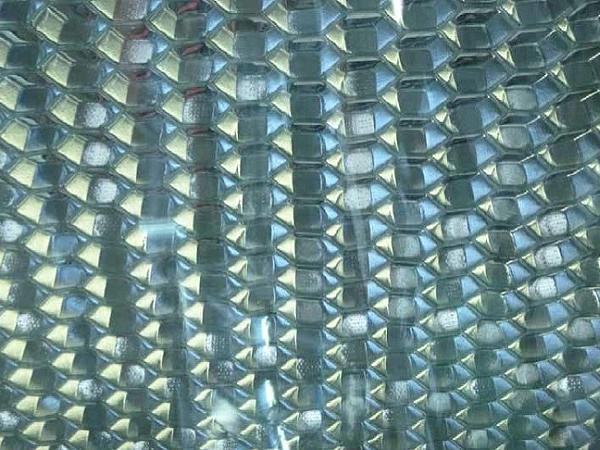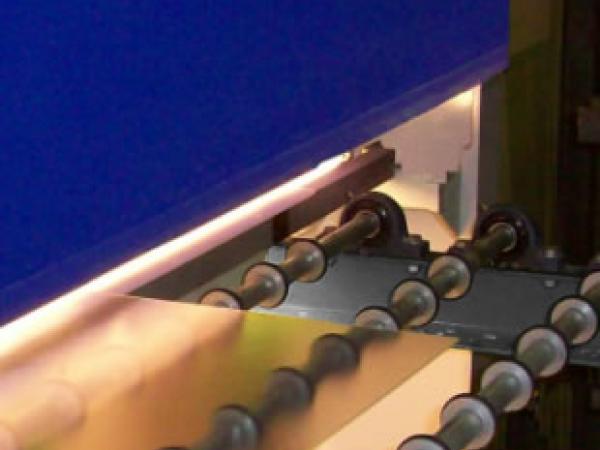Others also read
| Modern architecture continues to produce ever more attractive and higher quality façade constructions.
| The New Hype in Top End Architecture – an Examination of Latest Product Developments and Projects
| In the constant search for original designs that truly push the limits, many building projects in the Middle East have been driving global innovation in engineering and façade design.
| This contribution is an excerpt of the journal publication by Louter et al. 2018. It explores the potential of thin glass for architectural applications and reports on two thin glass concepts.
| A couple of years ago all started with the first measurement of anisotropies and edge stress as well as the detection of White Haze and other glass imperfections right after the furnace.
| New generation thin, lightweight and damageresistant glass seems to be the optimal material for extremely deformable structural elements for façades and building skins.
| Extended abstract (The complete contribution will be published in the Glass Structures & Engineering journal).
| This article reviews the history and current status of Vacuum Insulating Glass (VIG), and discusses future possibilities for this technology.
| This paper will describe the design, detailing, testing and construction of structural glass beams as part of load bearing grid shell structure in the newly built Zaryadye Park in Moscow, Russia.
| The author proposes a simple surface quality test using a standard window cleaning scraper and common smartphone or shop microscope.
| Arup are consulting engineers for a series of recent projects involving curved glass: The High Roller observation wheel in Las Vegas and a revolving feature lift for the new Louis Vuitton townhouse in London.
| This article will focus on the edge stability of PVB and ionoplast laminates and address the potential causes of blemishes.
| This blog post was written based on an interview with M.Sc. (Chem.) Santtu Jolkkonen, Sparklike's Service and Maintenance Manager, who has been working as technical support specialist for Sparklike over a decade.
| Case Studies of the Aesthetic Qualities and Possibilities of Glass in Architectural Design.
| Glass is a fantastic material… but sometimes it breaks.
| To provide stiffness, shading and privacy with abundant daylight and a feeling of openness for restaurant extensions and an entrance canopy to a London hotel, we used glass sandwich panels with aluminium honeycomb core.
| Although anisotropy is inevitable when heat treating glass a major breakthrough took place in the industry in 2016 by developing an on-line anisotropy visualisation equipment.
| Glass, a material with the unique property to let light inside an area, is normally used in building practice as just an enclosure. Its use in facades is also due to its chemically inert properties; it can be cleaned easily and remains good for many years.
| Modern digital printing technologies using ceramic inks are providing new interesting opportunities for longlasting decorations and optical effects on glass.
| The paper shows that the residual stress at the surface of tempered glass panels may vary both locally and globally, i.e., stresses near the edges and corners of the panels may be considerably different from the stresses in the middle part of the panels.
| Glass industry standards in different countries require 24/7 quality control with the same specifications and fully automated analyses and following statistics.
| At this year's GPD in Finland LiSEC was represented by two lecturers.
| The article written by Mr. László Vákár and presented at the GPD 2009.Air pollution is high on the political agenda worldwide. Emissions have to be reduced.
| Process control is a key factor for speed and efficiency of IS machines. To run a machine at high performance levels it is essential to achieve and maintain stable production conditions.
| The current manufacturing of tempered glass is a complex as well as time- and cost-intensive process. Not only long processing times, but also high energy costs have a significant impact.


